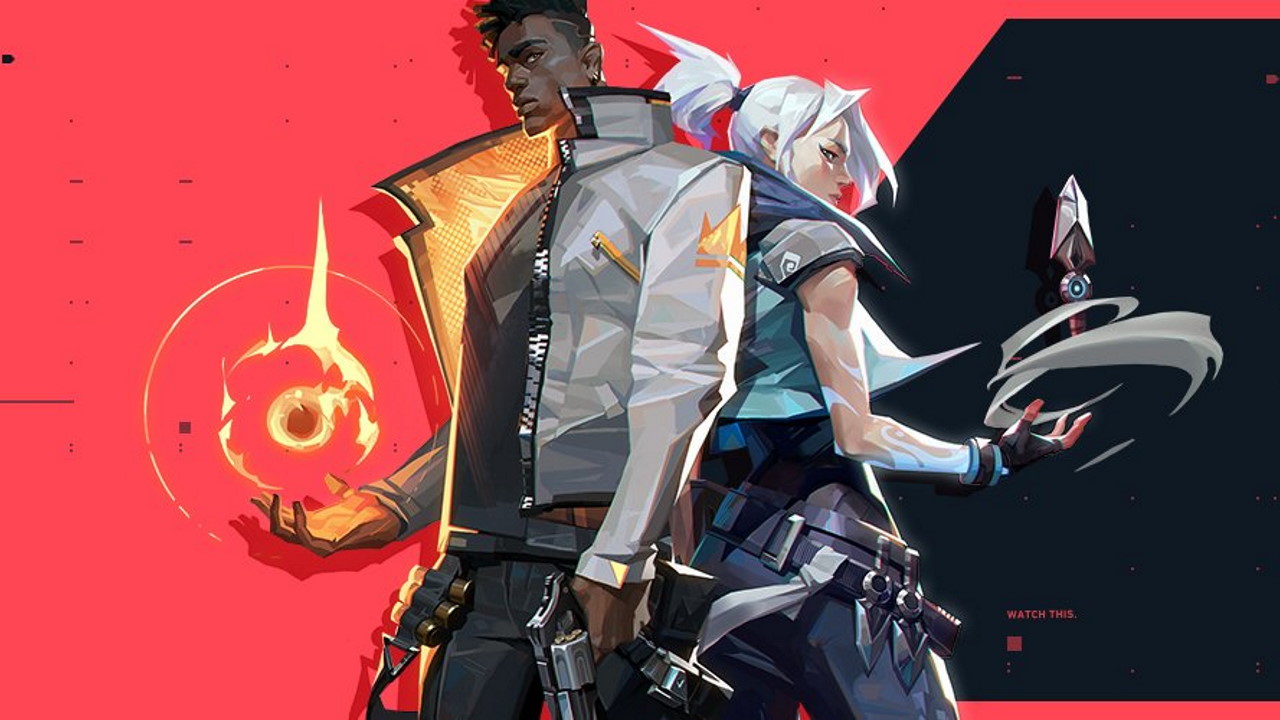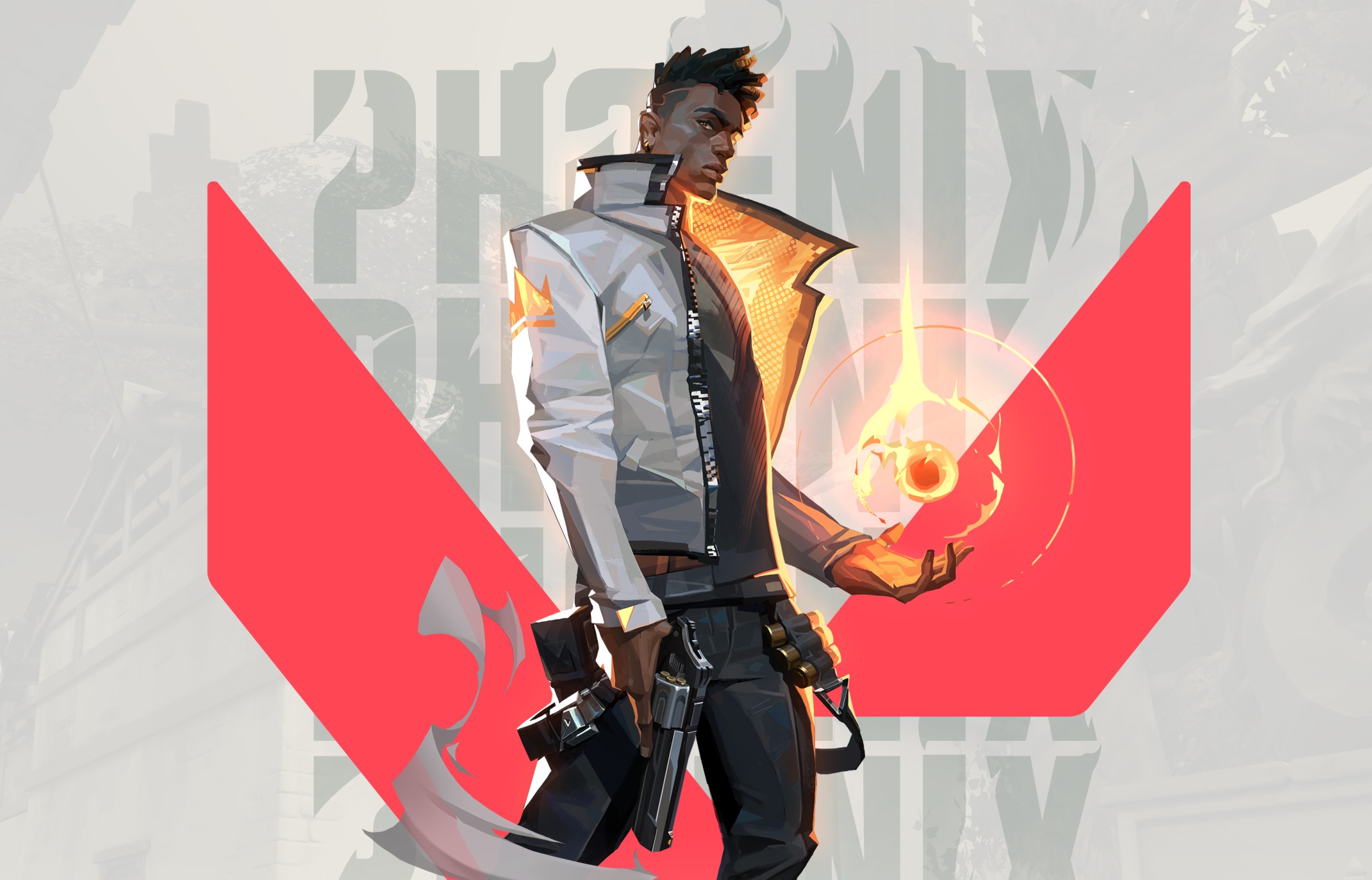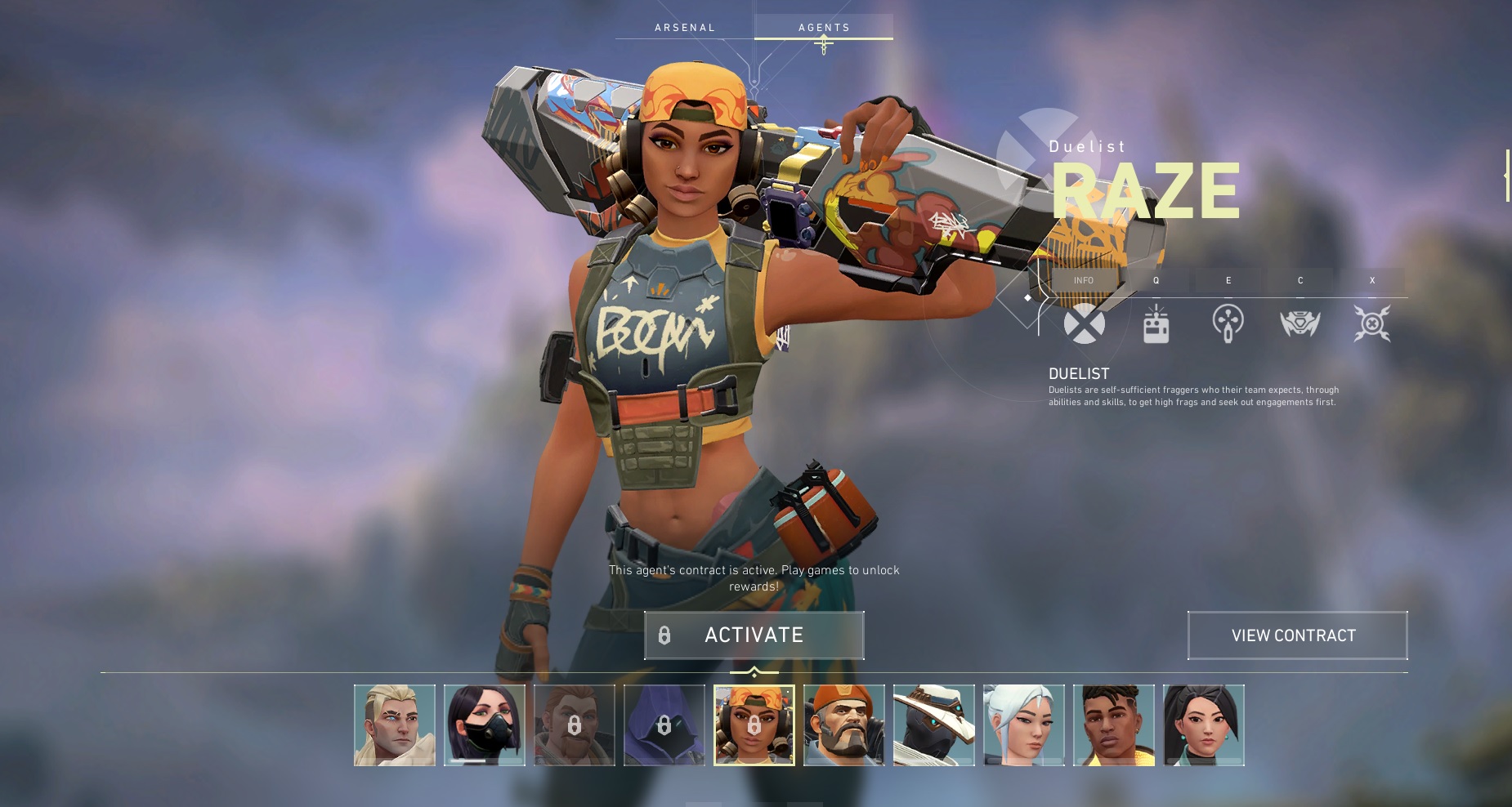Tips for playing Valorant
Following in the footsteps of CS:GO, Valorant is a nuanced FPS. Here's 10 tips to help you win.


Valorant release date: When will it fully launch?
Valorant characters: All the hero abilities
Valorant ranks: How you'll be progressing
Valorant system requirements: Can you run it?
Valorant error codes: How to solve them
Valorant beta: How to get in
Valorant guns: Damage, recoil patterns, and more
The Valorant meta is but a newborn child, a lump of unformed baby strategies waiting to mature into a Real Boy. But because Riot's first FPS shares so much DNA with Counter-Strike, some longstanding concepts directly transfer into Valorant. It's important to absorb these key concepts about moving, shooting, and Valorant's economic metagame, especially for players who haven't touched CS:GO. Here are some Valorant tips to get you started.
Understand the high-level format of the game
Valorant is structured like American football: two teams line up at a starting line, positioning their players in formations meant to increase their chances of success around a play they've agreed upon in advance. Players clash, one side wins the round, the whistle's blown, and then everyone resets into a huddle to plan their next move.
The repetition of rounds is what makes this style of FPS so different from battle royale or 32-player shooters like Battlefield: you're not running and gunning across a big landscape, you're planning a deliberate chess move within tight boundaries, failing or succeeding, and then doing it all over again. To win you have to anticipate whether your opponent is going to pass, blitz, or run the ball, in other words.
What you did in the previous round will leave an impression on your enemy's mind, and eventually form an expectation of how your team behaves. Did you rush B successfully three times in a row? The enemy team will probably put more defenders on B. Part of the fun of this style of FPS is tampering with those expectations and figuring out your opponent's tendencies: whether they're great at sniping, are afraid of certain bombsites, or who their entry-fragger is.
Don't move and shoot
Guns don't shoot straight if you're moving when you pull the trigger, and that can be an adjustment if you're coming from an FPS like Rainbow Six Siege or Call of Duty, where weapon accuracy is less sensitive to movement. Even walking while shooting isn't recommended, though transitioning from standing to crouching actually steadies your aim.
Still, that doesn't mean you have to stand still in a duel. "Step, stop, shoot" should be your rhythm. Don't try to fight and flight simultaneously—practice firing only after you've released pressure on WASD. Enabling the "movement penalty" setting in the crosshair customization menu can provide valuable feedback about when your aim is most disrupted.
Two different ways of shooting
If you hold down Mouse 1, stand still, and point one of Valorant's assault rifles at the wall, they'll draw a pattern of bullets that looks like a T from the bottom up. This is Valorant's recoil system—each gun has a 2D recoil signature, and really good players will intuitively know where the sixth or seventh bullets will fly. Your bullet position will deviate more from the center of your crosshair the more shots you fire in succession.
Keep up to date with the most important stories and the best deals, as picked by the PC Gamer team.
Spraying is firing off a long stream of uninterrupted, full-auto shots. You can still be accurate with this method if you lower your crosshair to compensate for the rising position of your bullets. If you want to hit an enemy in the head, maybe aim for their belt by your fifth or sixth bullet. Be patient in learning this technique—it can take a long time to get comfortable with if you've never played Counter-Strike.
Tapping, on the other hand, is making individual mouse clicks, letting the recoil of the weapon reset a little between shots. This is probably how you'll want to shoot at longer ranges, but it's certainly possible to score a frag with a spray at 30+ meters. Valorant's training area is a valuable tool for practicing these techniques and tweaking your sensitivity, which should probably be as low as possible to allow for microadjustments at range.
The first job is finding them
On defense, the most important thing in the opening seconds of a round is to figure out where the enemy is and relay that information to your teammates. Valorant provides plenty of probing abilities for this purpose, like Sova's Recon Bolt and Owl Drone, or Cypher's Trapwire. Recognize that scoring information can be just as valuable as scoring a kill.
Manage your money
If most of your team is holding < 3,500 credits when the round starts, you should all buy lower-value equipment. This is called an "eco round." The thinking here is that if your team half-buys—some of you have top-tier weapons, some of you have armor—you won't be synchronized in combat strength. It's OK to lose an eco round in order to set the team up for a full buy where everyone has what they need.
The maximum amount of credits a player can carry mid-match is 12,000. If a teammate is approaching this figure, ask them to buy equipment for you or another teammate by requesting something in the buy menu (right-click). You can sell anything you've bought for 100% of its value.
Steal and save
Oh, and grab any guns that are lying around that are an upgrade over what you're currently carrying. If you don't like using the Operator sniper rifle, but your dead teammate does, snag the one that's lying on the ground and toss it to them (G) at the start of the next round—your team will net out a savings when rebuying equipment.
Similarly, if you find yourself in a no-win scenario, just retreat. Saving the value of your equipment (usually 2,000-4,000 credits) matters more than scoring an extra kill or two (200 credits per frag).

Only two guns matter, kinda
In rounds where you have at least 4,000 credits, buy heavy armor, then buy one of Valorant's assault rifles: the Vandal or the Phantom. Just as CS:GO's meta revolves around the AK and M4, these guns are the backbone of the game because they can kill at all ranges pretty effectively. Which one you pick depends on whether you prefer higher damage per shot or lower recoil, mostly.
The Vandal, modeled after CS:GO's AK, is better set up for ranged, single-shot play because it can kill an armored enemy with one headshot, and does not have damage drop-off at range. But Phantoms have a slightly higher rate of fire and are easier to control. Think of these guns as two sides of the same coin, equal but quite different.
Valorant's SMGs, shotguns, and secondary pistols, on the other hand, are mathematically flat-out worse in most situations, and you should avoid them whenever possible. These weapons are intended to be options when you need to conserve money after a loss or death, or for the opening rounds of a half.
The Operator sniper rifle, the descendant of CS:GO's legendary AWP, obviously has a ton of power and should be respected. You probably won't want to run more than one or two of these on a team, partly because they're specialist weapons, and partly because losing them is such a big economic hit. Read about these guns in finer detail in Tyler's Valorant weapons guide, which has a full comparison of damage numbers.
First frags matter a lot
There's a reason Valorant's post-match scoreboard provides extra points for landing the first kill. The first frag changes the balance of power, prompting defenders to rotate to cover-up holes, and attackers often to circle back and rethink their move. Do your best to not be the first player off the board.
Hold the bomb back
The spike (bomb) carrier should not be the tip of the spear in an attack. The spike is Valorant's football—popping it out of attackers' hands allows defenders to focus themselves on one position, which can be a big advantage.

Raze is absolutely nuts
If Valorant has an OP character at this early stage, it's Raze, a bombardier who carries up to two Paint Shells grenades, cluster bombs that deal big damage over a big radius and throw out secondary detonations. Her ult is a rocket launcher that's great at clearing out corners and boxed positions, and her Boom Bot is a useful probing tool—if an enemy doesn't shoot it after you send it forward, there's probably no one there. Watch out for her.
Broken Agent = World Record Ace from r/VALORANT
Valorant is still in a closed beta state, so there'll be much more to dig into as the game evolves. I'll be updating this guide as our advice around how to play Valorant changes.

Evan's a hardcore FPS enthusiast who joined PC Gamer in 2008. After an era spent publishing reviews, news, and cover features, he now oversees editorial operations for PC Gamer worldwide, including setting policy, training, and editing stories written by the wider team. His most-played FPSes are CS:GO, Team Fortress 2, Team Fortress Classic, Rainbow Six Siege, and Arma 2. His first multiplayer FPS was Quake 2, played on serial LAN in his uncle's basement, the ideal conditions for instilling a lifelong fondness for fragging. Evan also leads production of the PC Gaming Show, the annual E3 showcase event dedicated to PC gaming.

